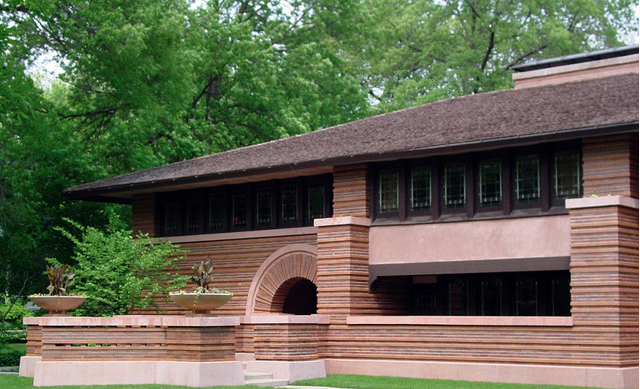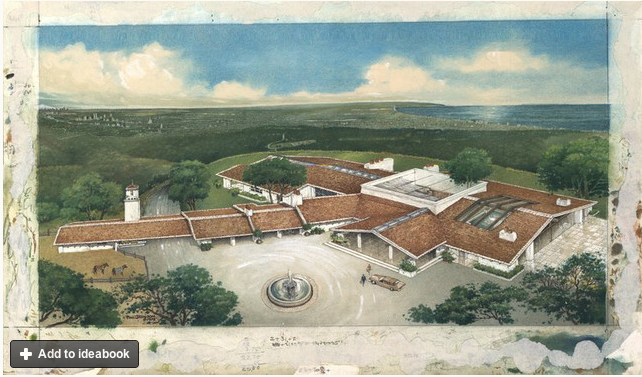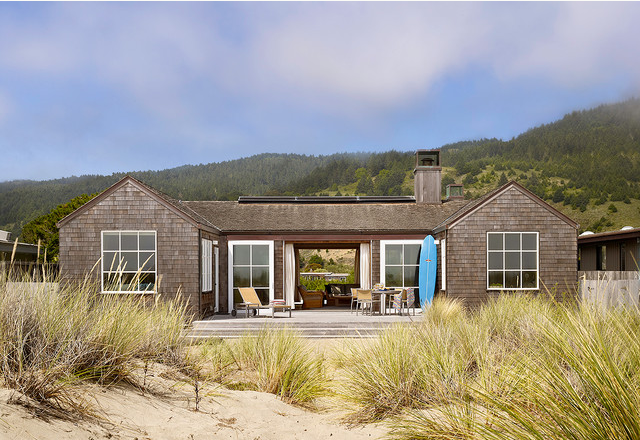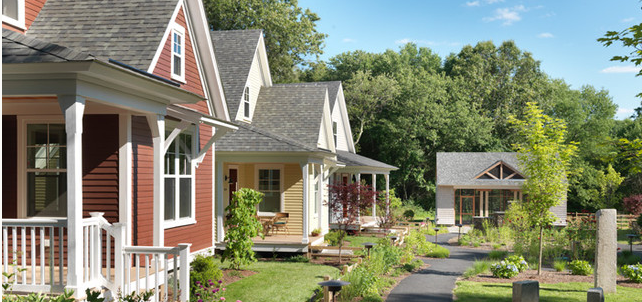Recent Comments
Recent Posts
Archives
Categories
https://onedrive.live.com/embed?cid=290CB921F233A7CB&resid=290CB921F233A7CB%21781&authkey=AF8pVIMBleToklg&em=2
A Brief Recap of Historical American Home Design

Article Credit: (Bud Dietrich, AIA from Houzz.com)
Two contradictory desires have fueled American architecture since its birth. See how the tension has played out in home design.
As described by Vincent Scully, Jr., in his book American Architecture and Urbanism, a defining characteristic of the American built landscape has been the tension between two competing forces. While the seemingly limitless natural landscape created a desire to keep moving, to find out what was beyond that forest and over that hill, a countervailing longing to stay rooted in one spot also took hold. Our built environment has been an outward expression of our anxiety about leaving the safety, security and familiarity of home when we can’t help but follow the dictum “Go West, young man.”
This duality has been expressed in many ways in the design of our homes. From an emphasis on horizontal continuity anchored by a vertical totem to our fascination with the RV (even if it’s tethered to a parking space), we want the illusion that we can get up and move at any time while having the security of being connected and fixed to a home. It’s not surprising that our national pastime is baseball, the one sport where scoring is achieved solely by leaving and then returning home.
So let’s take a look at how American home design has expressed and attempted to resolve this tension — and what might happen when the realization hits that the trend of expansion is changing.
(Photo Credit: Daniel Contelmo Architects)
Even in the colonial era, a stress on the horizontal line was a defining feature of home design. Design features such as placing horizontally proportioned upper-story windows tight to the eave with continuous sill trim below reinforced this nascent horizontal expression.
While many homes of this era, especially those in New England, placed the mass of the chimney at the center of the house, there was also a tendency, especially in the mid-Atlantic and South, to place the chimneys at the sides. In the latter case, all of the horizontal movement is contained and stopped, especially with vertical elements such as pilasters at the corners.
The tension between wanting to stretch out and break free while being held in place is clearly evident.
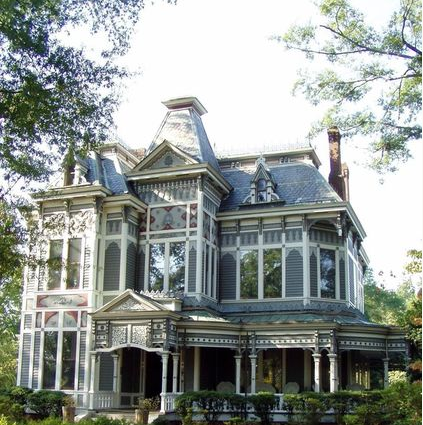 Even the homes of 19th-century America had a linear aesthetic, despite the era’s predilection for revivals. Home designers couldn’t help but weave all of those horizontal motifs and trim into the design when confronted with inherently vertical styles such as that of the second empire. So the towers, mansards and vertical elements are held in check with a ribbon of trim that weaves in and out to deny this vertical.
Even the homes of 19th-century America had a linear aesthetic, despite the era’s predilection for revivals. Home designers couldn’t help but weave all of those horizontal motifs and trim into the design when confronted with inherently vertical styles such as that of the second empire. So the towers, mansards and vertical elements are held in check with a ribbon of trim that weaves in and out to deny this vertical.
(Photo credit: Between Naps on the Porch)

Yet the homegrown Prairie School fell from grace, as transplanted Europeans such as Ludwig Mies van der Rohe and Walter Gropius introduced International style to America.
But we Americans altered that style to suit our character. So it was not the idealized modernism of Le Corbusier but versions that were more linear and stretched, more expressions of expansion and less of Europe’s urbanism.
(Photo Credit: Butler Armsden Architects)
Home design took on a new form as a result of a car-dominated culture that celebrated the freedom of the open road. Relaxed, casual, spread out across the landscape, the new ranch-style home gave expression to the expansiveness of our spirit. And as the desire to be rooted in a place gave way to increasing mobility, the vertical totem no longer appeared.
(Photo Credit: Princeton Architectural Press)
As a result, variations of the ranch home fill the U.S. landscape from east to west and Canada to Mexico. This ranch home, sitting on its flat lot with the ocean in front and the mountains behind, is a full expression of the American dream and the California lifestyle.
(Photo Credit: Union Studio Architecture & Community Design)
At times a house can take on the characteristics of the Conestoga wagon and Airstream trailer, ready to pick up and move whenever the owner tires of the place.
But what happens when ever-increasing development means less space to build and explore?
Maybe then we take a serious look at taming the auto. And while we are at it, we can build communities rather than developments. Places where we still have the single-family house, but this time it’s built for sustainability and efficiency. These places could be, after all, more in tune with the agrarian ideal that has been at the heart of our built environment for centuries.
Related Blog Posts:
2. Victorian Major Renovation (Video)
4. Custom-Built Craftsman House
Heirloom Design Build is Atlanta’s top tier unrestricted general contractor, specialized in design build, new home construction, renovation & addition and other special projects including kitchens, bathrooms, backyards, sunrooms, landscape, etc. Our professional team aim at helping small home owners over-exceed their expectations! Give us a call (404) 537-1827, or email us at info@heirloomdesignbuild.com.
We are members of the United States Green Building Council, the Atlanta Green Building Council, Builder America, Earthcraft, and Energy Star. We are also EPA- Lead Free trained and certified, and we have LEED (AP) certified staff in house.
 Like us on Facebook
Like us on Facebook
 Sign up for our blog and Newsletter
Sign up for our blog and Newsletter
 More videos on YouTube
More videos on YouTube
 Follow us on on Pinterest
Follow us on on Pinterest



